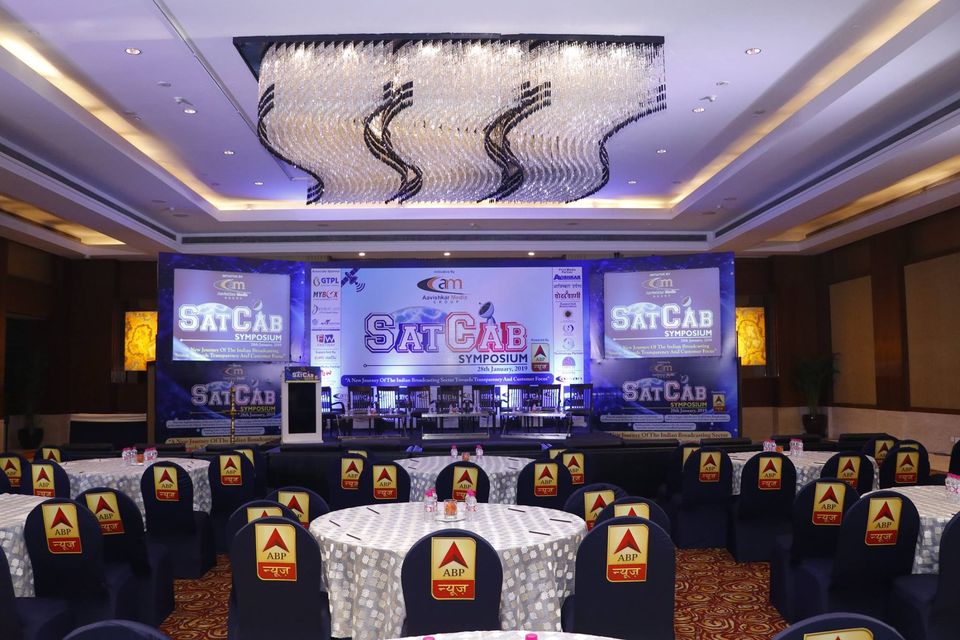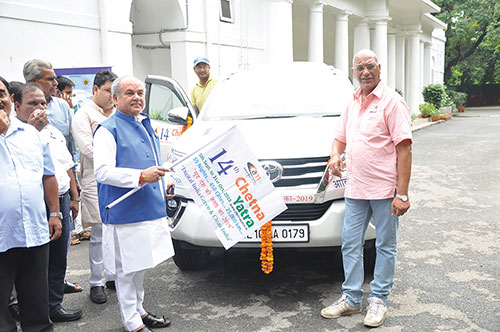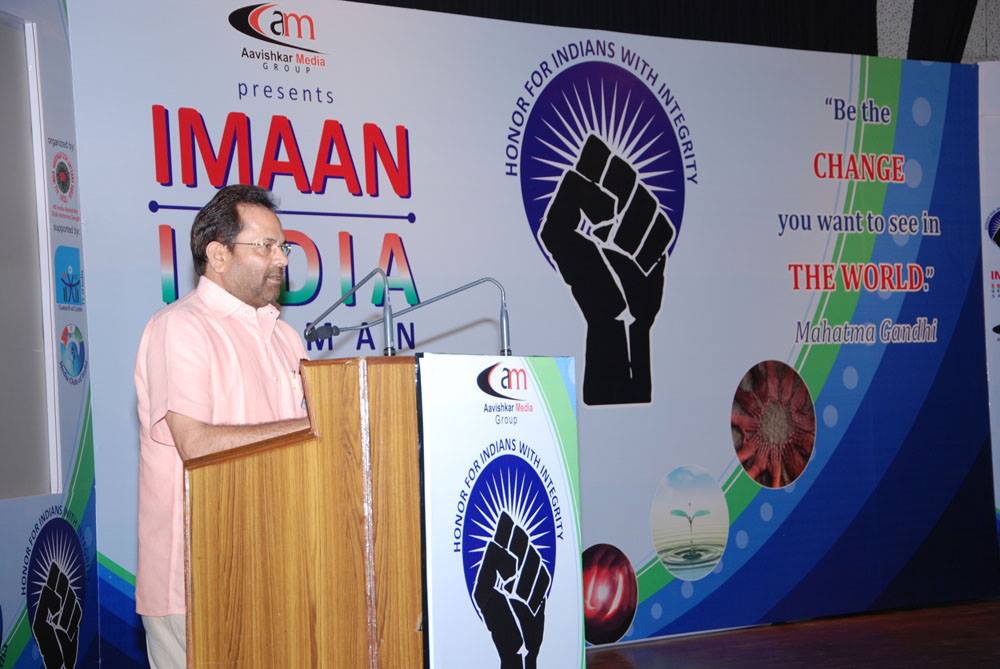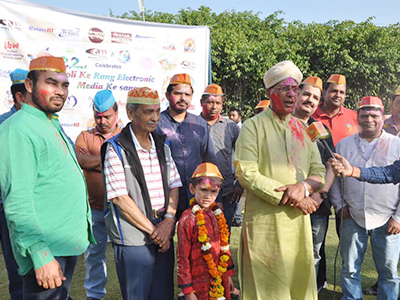Forty-nine million homes! Some may say the figure is debatable — insisting the number’s higher. But still there’s an official ring to it now.
“We estimate that free TV, on the back of Prasar Bharati’s (Doordarshan) FreeDish satellite service, grew in 2024 to reach around 49 million homes,” stated the FICCI-EY report titled ‘Shape the Future: Indian Media & Entertainment is Scripting a New Story’, which was released in Mumbai on March 27, adding that the subscriber base is expected to expand to 53 million by 2027.
As of December 2024, DD FreeDish, the FTA DTH service of the Indian public broadcaster, hosted 179 channels, including 37 of Doordarshan’s, 12 e-Vidya channels and 33 Swayam Prabha channels, apart from delivering All India Radio (Akashvani)’s audio programming content of 25 satellite radio channels.
The FICCI-EY report added that under sector regulator TRAI’s proposed order, TV channels offered for free on DD FreeDish must also be FTA for other distribution platform operators (DPOs) — a suggestion that’s yet to be implemented.
“Many broadcasters fear this order could have significant revenue and/or reach implications,” the report observed.
Interestingly, a survey of 20 hardware dealers too was undertaken to better understand the phenomenon called FreeDish. The feedback was illuminating: 65 percent believed that the customer base was growing; 15 percent were of the opinion it was flat, while a miniscule (5 percent) believed it was degrowing and another 15 percent were not certain.
The survey respondents, according to the FICCI-EY report, believed the growth of FreeDish was driven by the following:
ƒ Improving quality of content on Free TV, particularly news and channels like Dangal TV and Goldmines, which were the most watched
entertainment and film TV channels in India for several weeks of 2024.
ƒ Increasing number of channels providing customers with more options.
ƒ Internet quality of service issues in many rural areas.
ƒ A large segment which would not wish to spend on pay TV or on data, but were willing to spend Rs. 300 to Rs. 500 for hardware, if required.
Survey respondents who believed that free TV would remain flat or not grow, thought so because of growth in mobile viewing (particularly due to low electrification in certain markets) and proliferation of fiber connections, amongst other reasons.
However, in some public events, including in an earlier edition of the Aavishkar group’s SATCAB Symposium, former Prasar Bharati CEO Shashi S. Vempati had asserted that the subscriber base of FreeDish could be much over 50 million.
The report went on to project that free TV is expected to grow to 53 million homes. Reason? As India’s per capita income increases from US$2,698 in 2024 to US$3,510 by 2027, the lower middle class will grow and more people will be able to buy a television set.
Currently, out of 320+ million Indian households, around 100 million do not have a TV, and growth in per capita income will help those homes enter the TV segment, the report reasoned.
 Rahul Kanwal quits TVTN; rumoured to be joining NDTV group
Rahul Kanwal quits TVTN; rumoured to be joining NDTV group  Now, Netflix shows on TV have more language options
Now, Netflix shows on TV have more language options  WAVES ‘Create in India Challenge’ crosses 85k registrations
WAVES ‘Create in India Challenge’ crosses 85k registrations  DD FreeDish subs base 49mn homes; likely to reach 53mn: FICCI-EY report
DD FreeDish subs base 49mn homes; likely to reach 53mn: FICCI-EY report  Reliance firm RISE, Europe-based BLAST form esports JV
Reliance firm RISE, Europe-based BLAST form esports JV  Horror movie ‘Chhorii 2’ trailer released
Horror movie ‘Chhorii 2’ trailer released  Amazon looking to deliver 15 theatrical films by 2027
Amazon looking to deliver 15 theatrical films by 2027  Filamchi Bhojpuri marks 5 years with month-long celebration
Filamchi Bhojpuri marks 5 years with month-long celebration  No proposal received for Indian Starlink-like service: Govt
No proposal received for Indian Starlink-like service: Govt 







